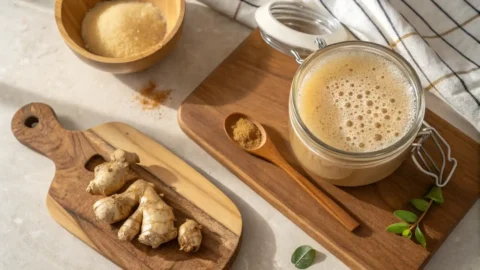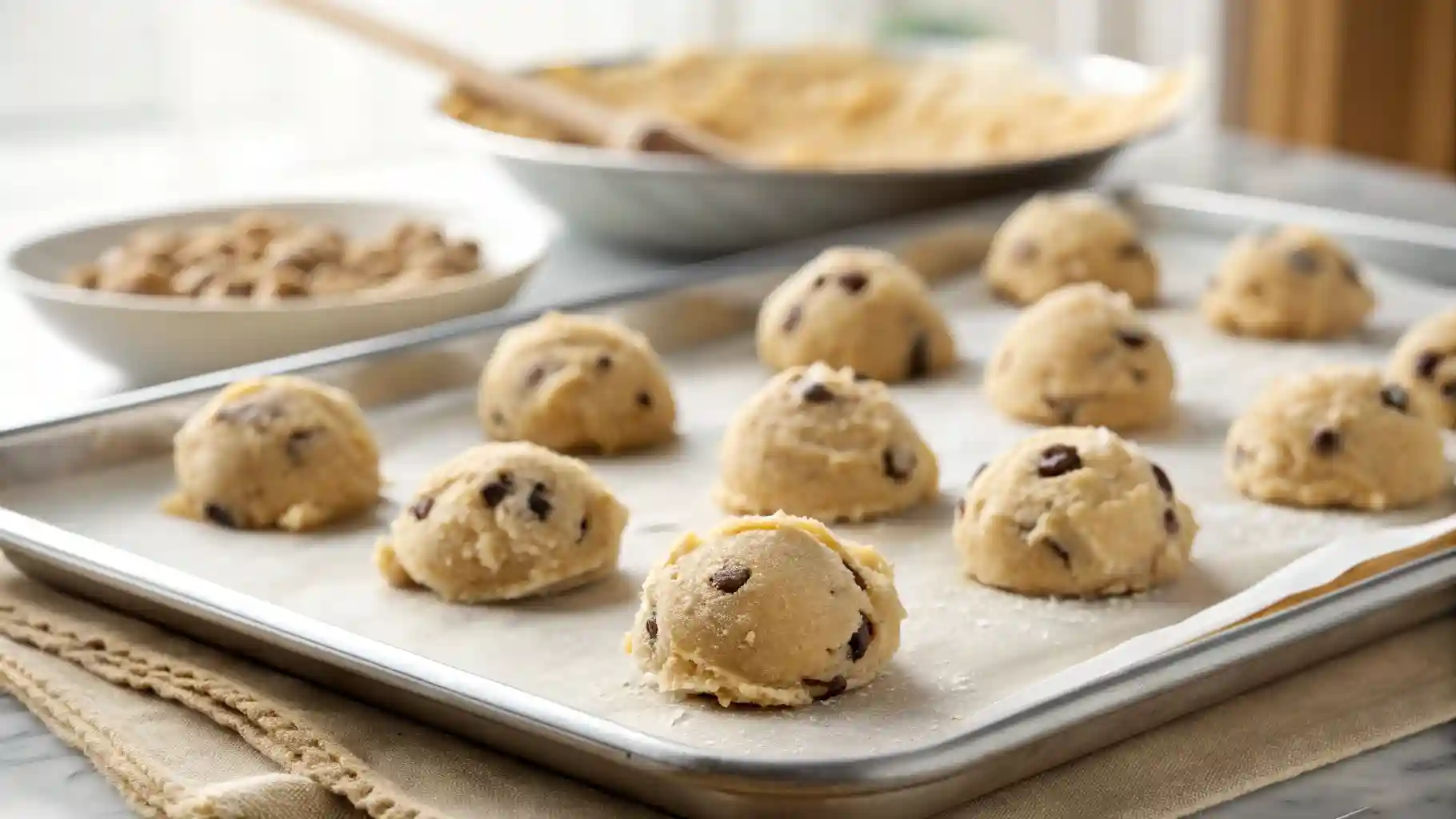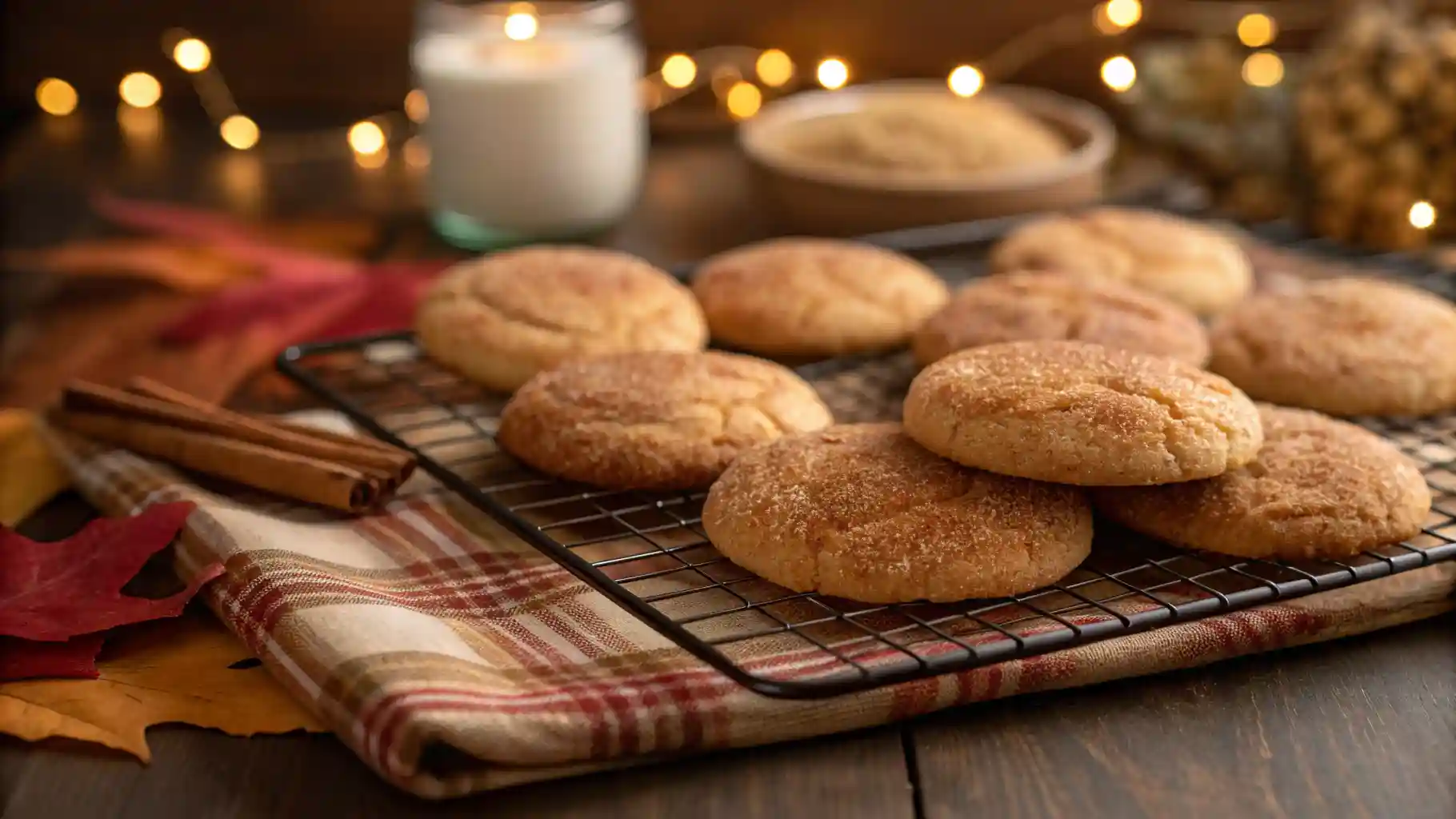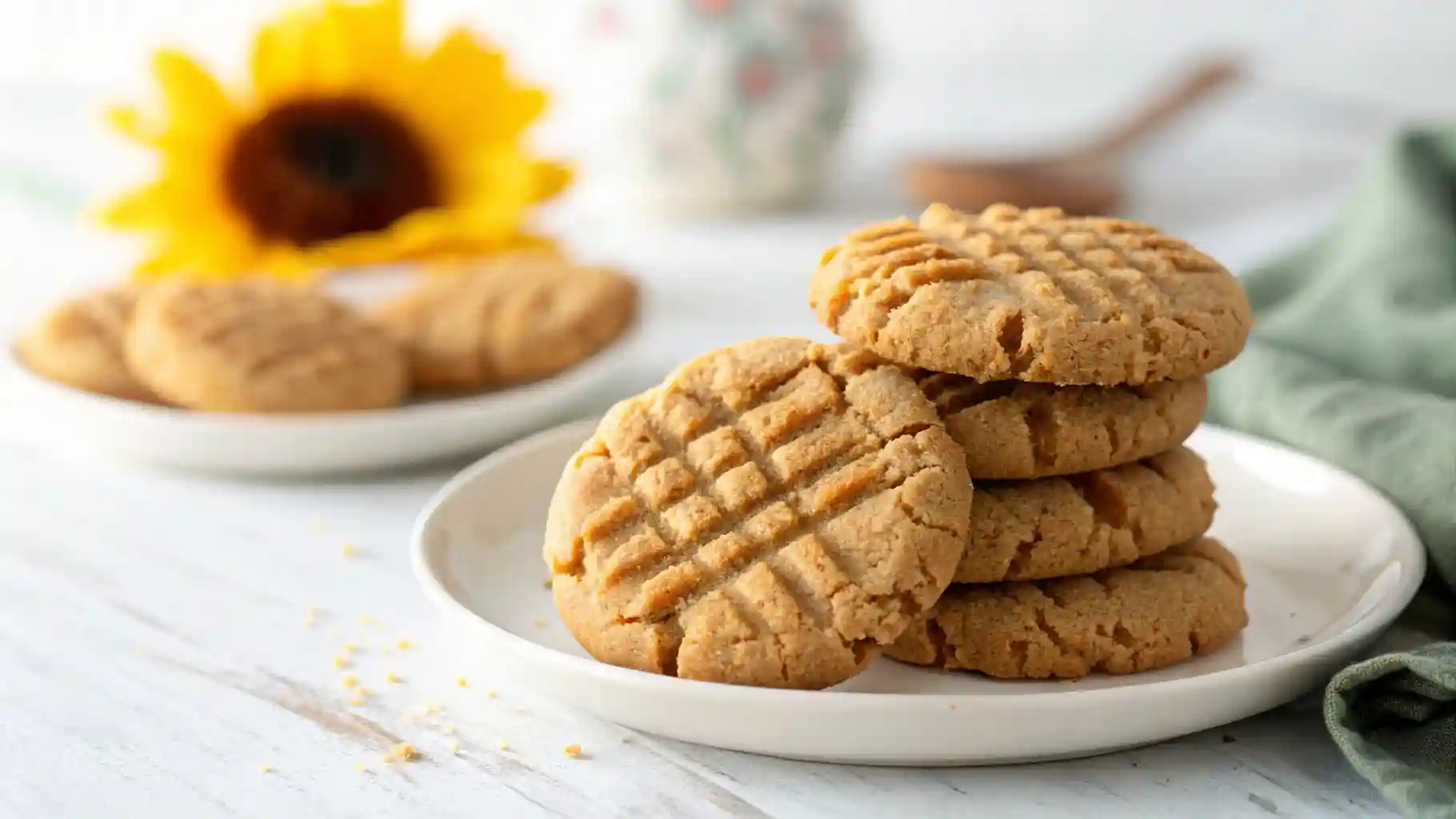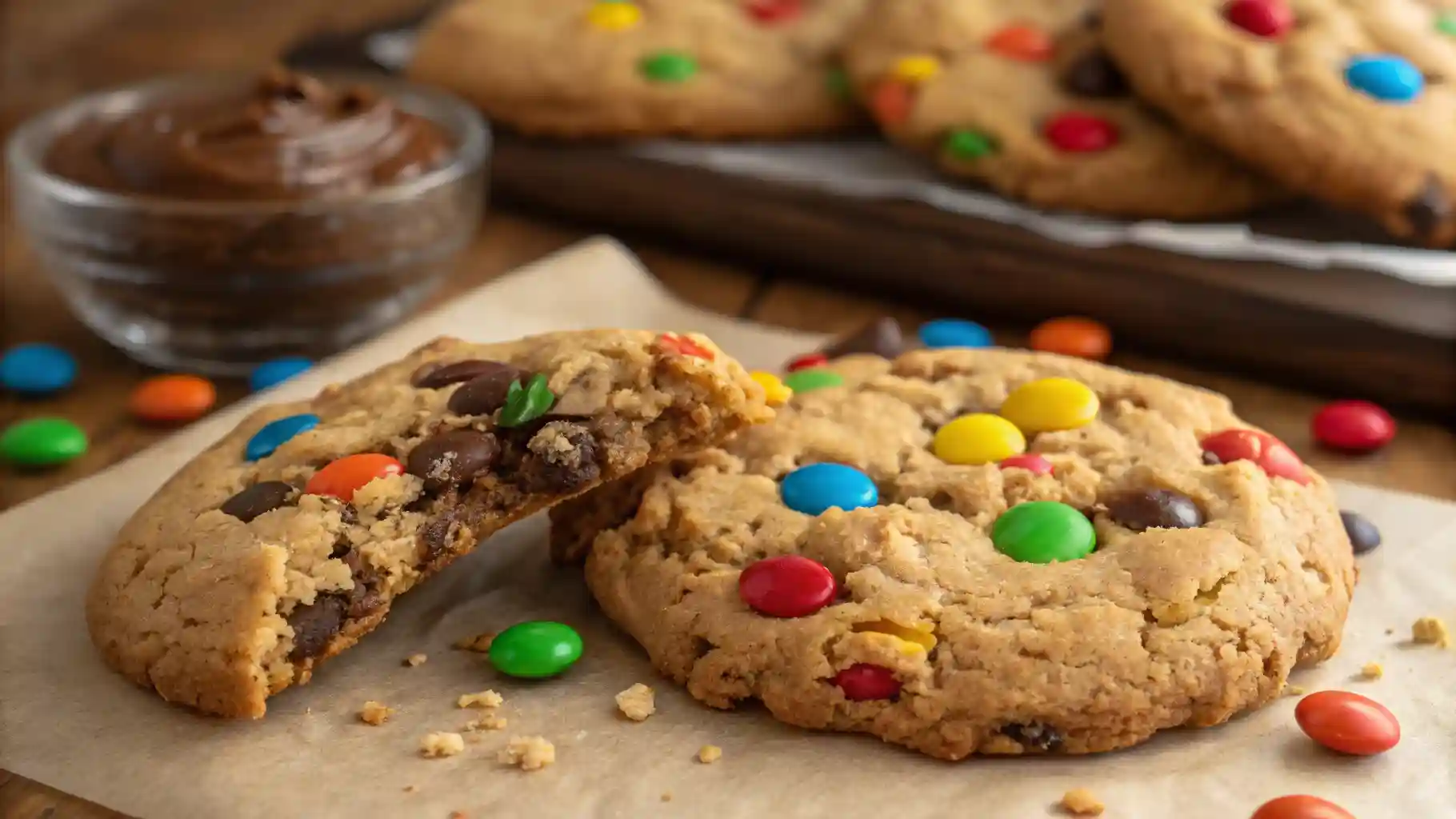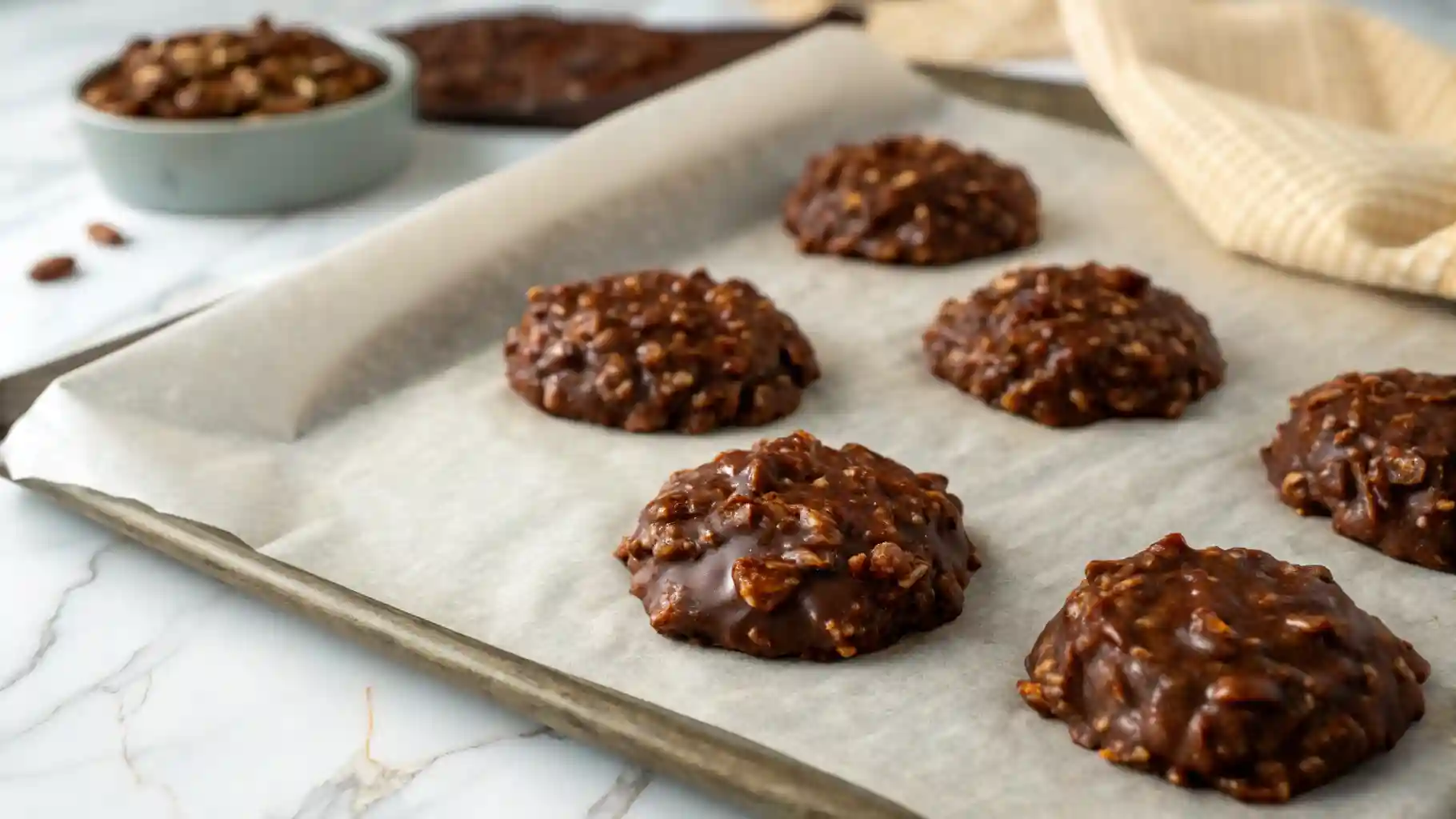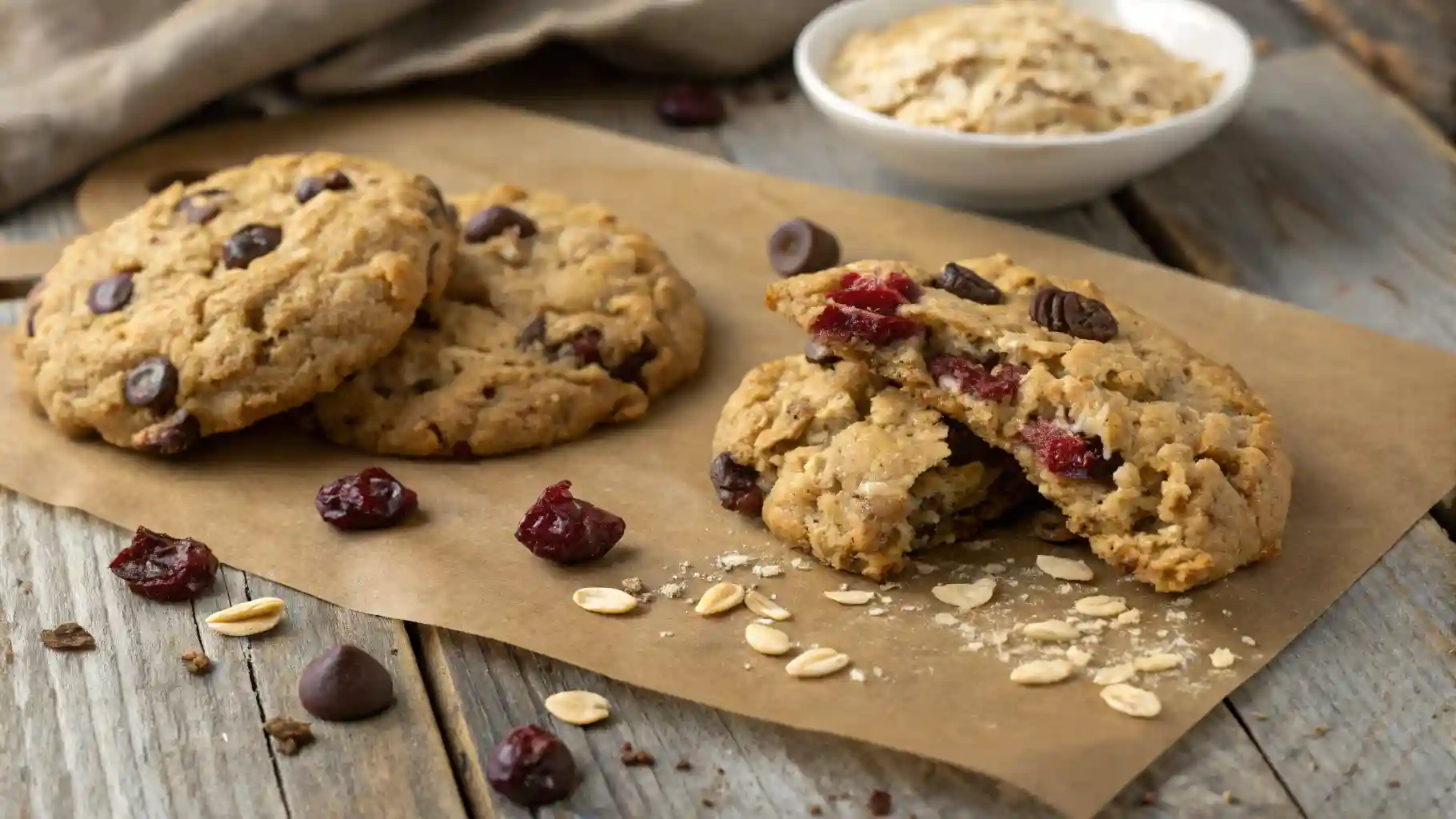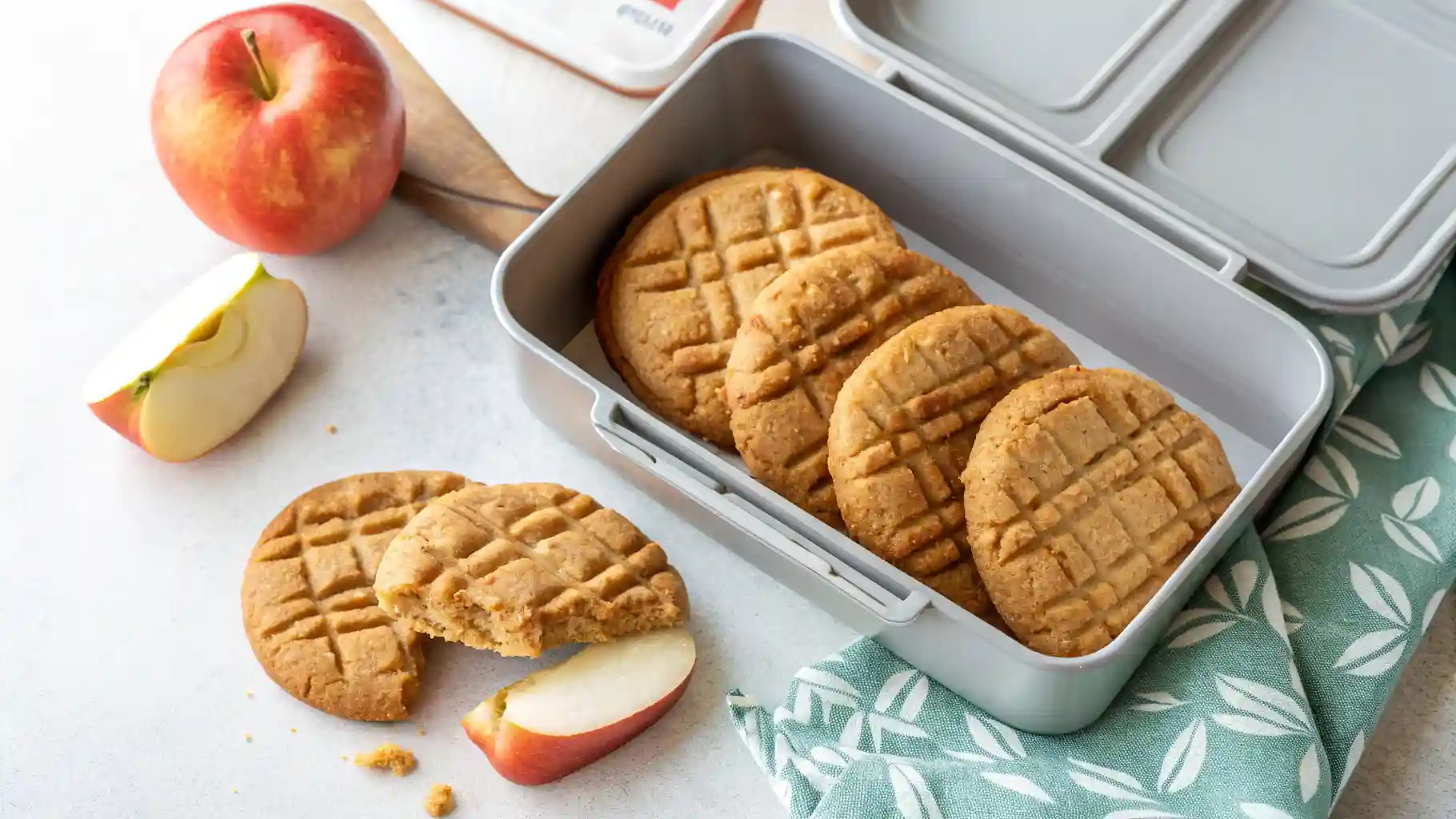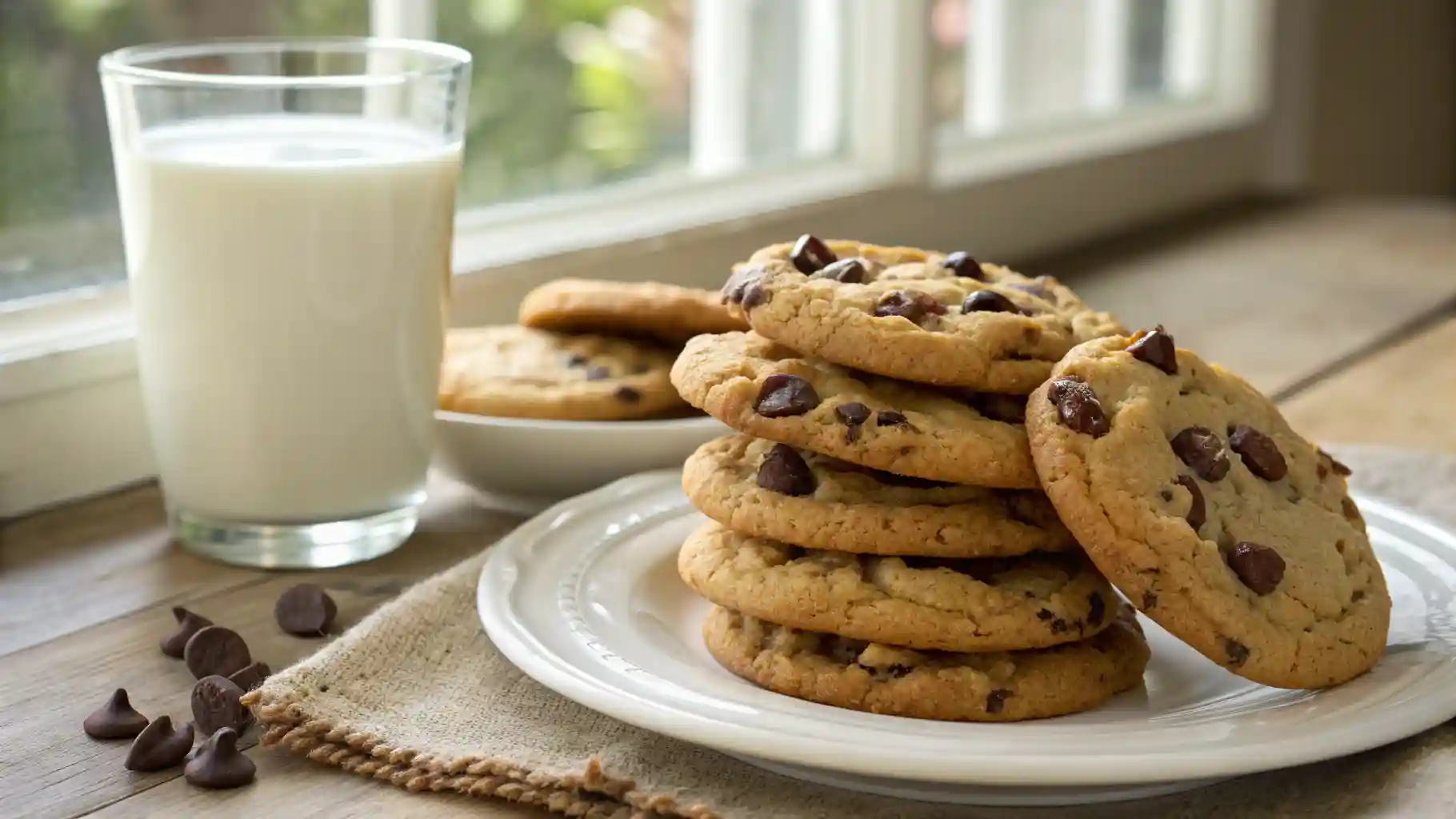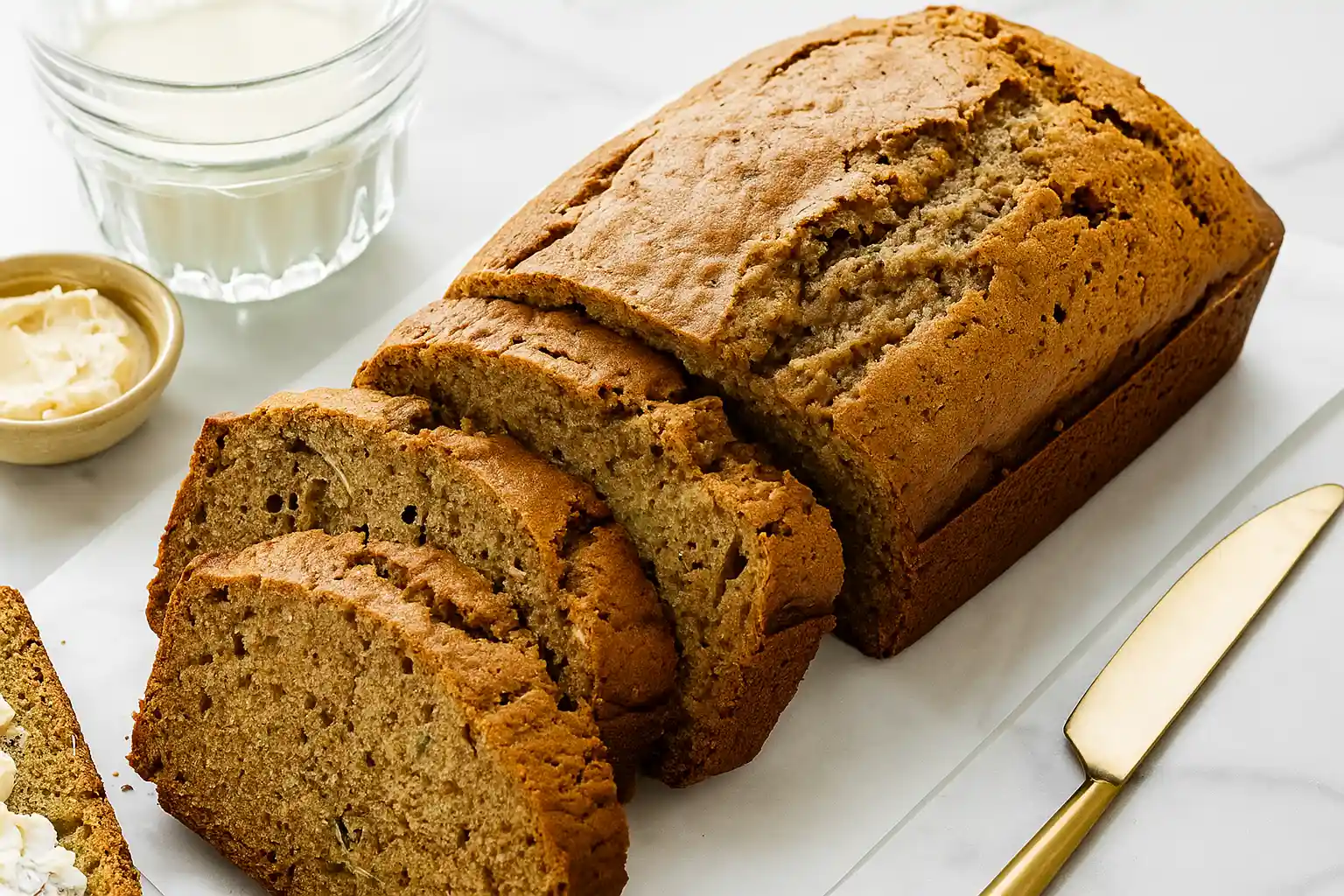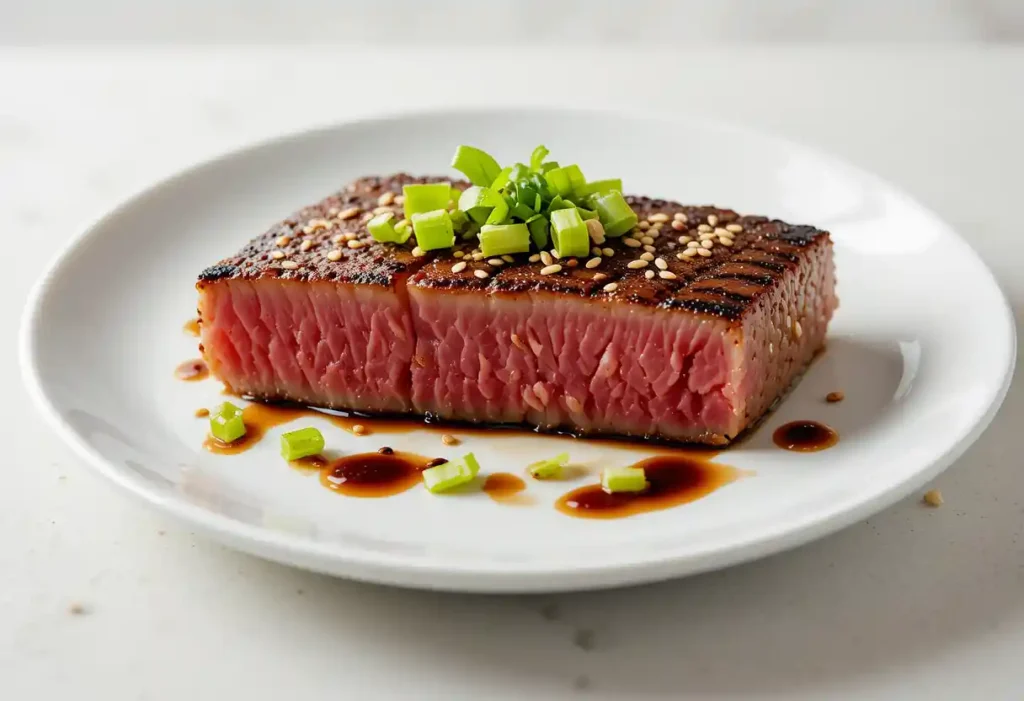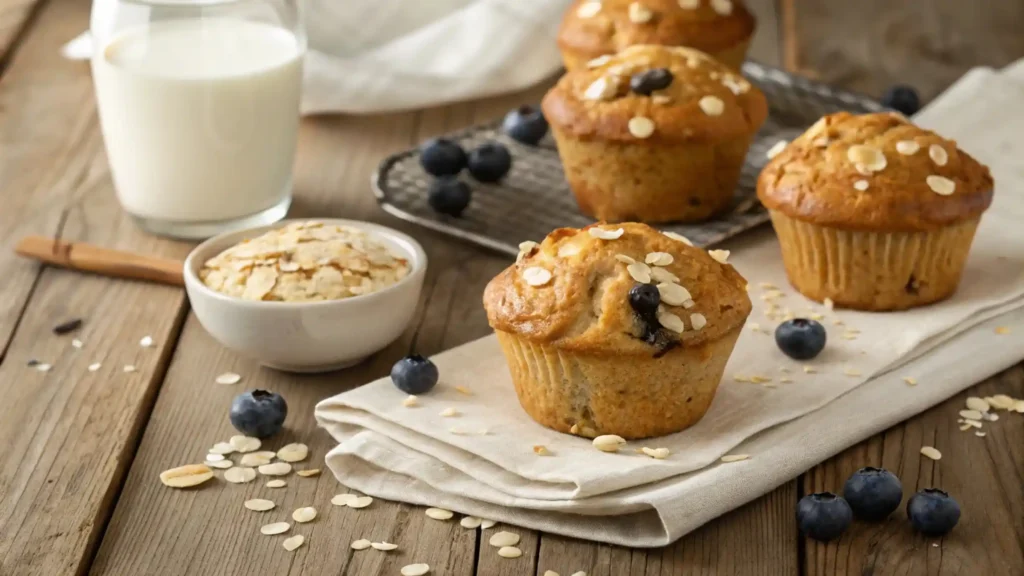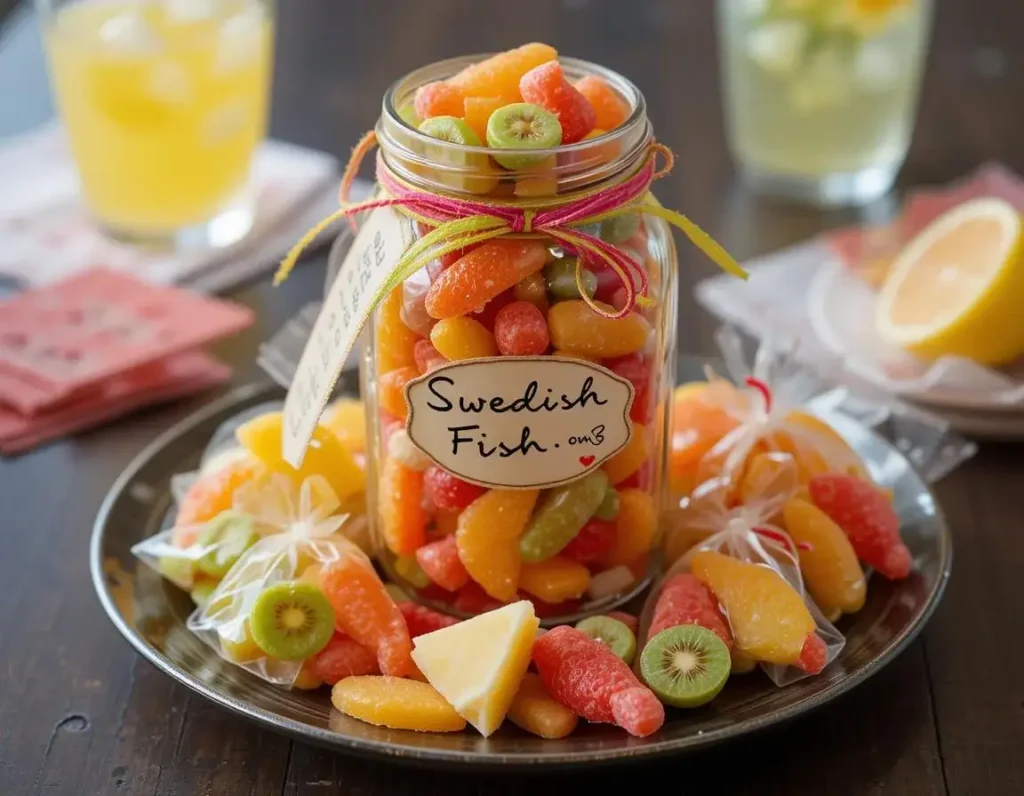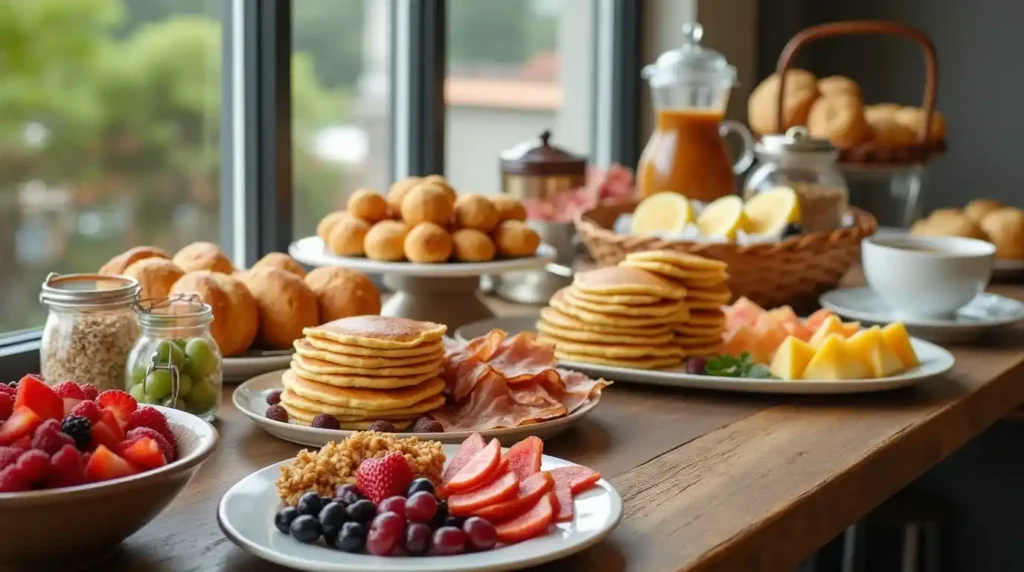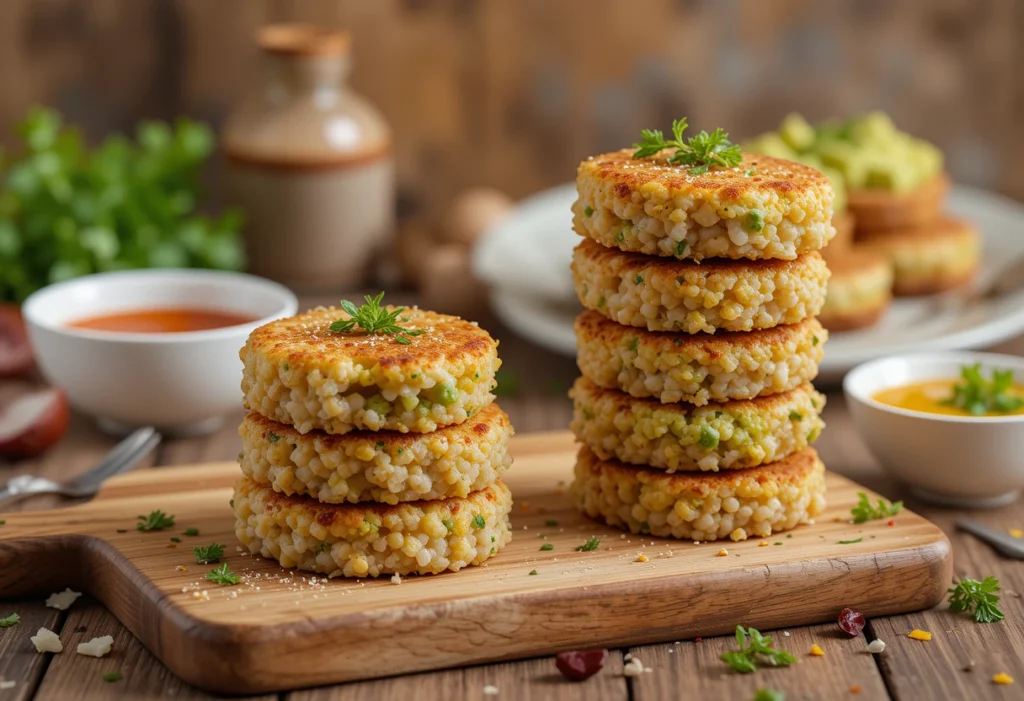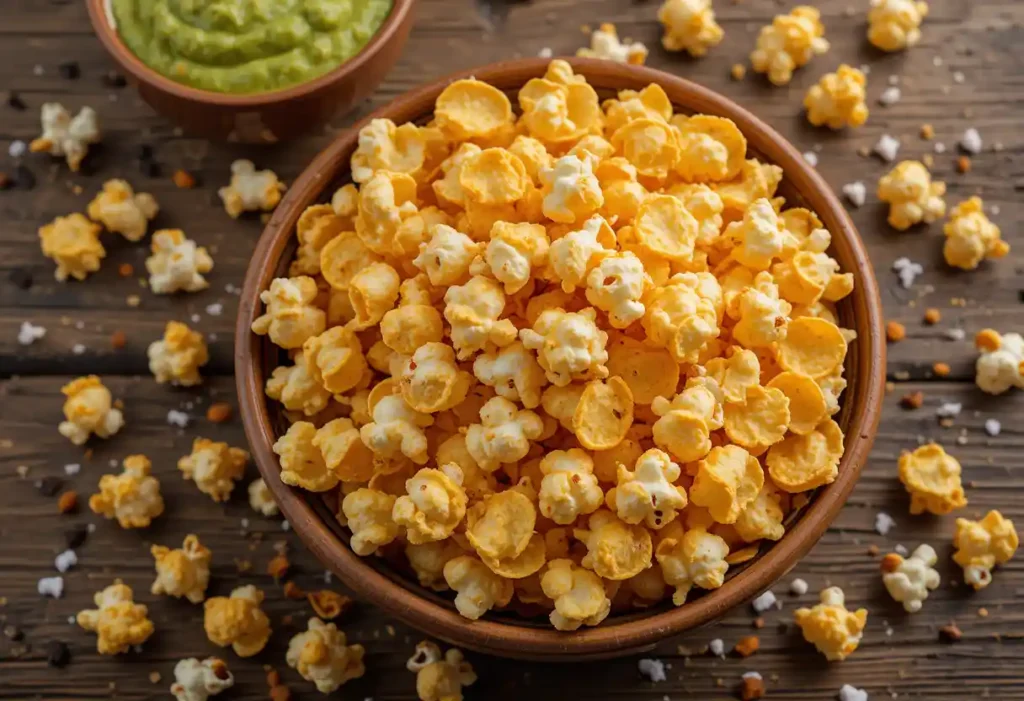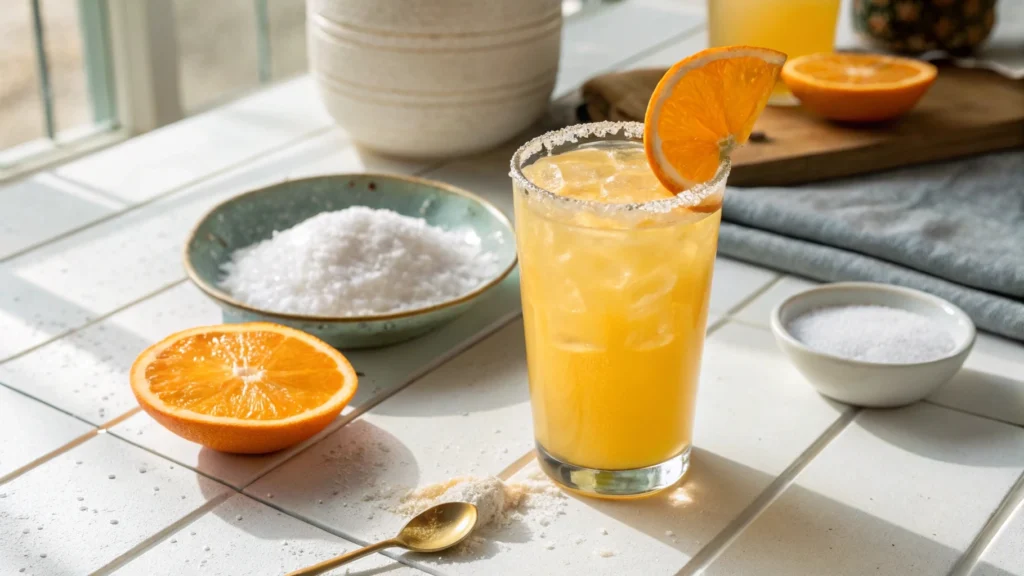Ready to make your own fizzy, probiotic-rich sodas right at home? This ginger bug recipe is your first step. With just a few simple ingredients, you’ll create a powerful, natural fermentation starter that brings bubbles and gut-friendly goodness to your drinks. Unlike commercial sodas packed with additives, a ginger bug relies on wild yeast and beneficial bacteria to create natural carbonation. It’s easy, cost-effective, and fun. Whether you’re looking to craft homemade ginger ale or explore wild-fermented beverages, this guide will walk you through the process with zero confusion and maximum success.
Table of Contents
Why You’ll Love This Ginger Bug Recipe
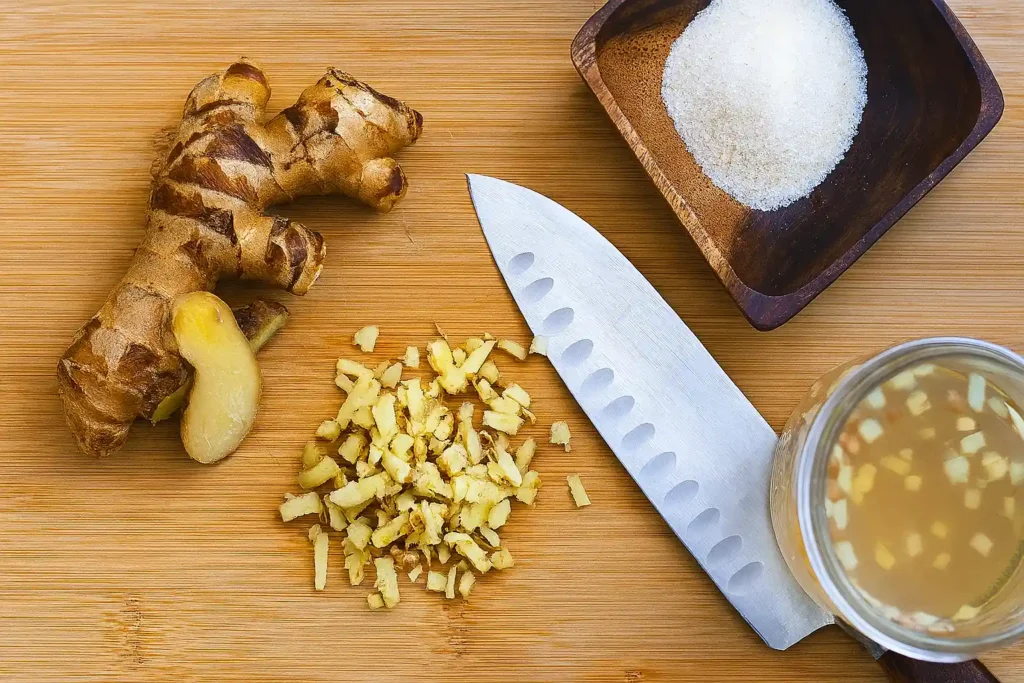
• Easy to start with just three ingredients you likely already have
• Perfect for beginners, no fancy equipment or experience needed
• Builds a wild-fermented base for fizzy drinks like homemade ginger ale
• Healthier alternative to store-bought sodas with real probiotics
• Uses organic ginger and raw sugar for clean, natural results
• Encourages daily kitchen creativity with flavoring options
This recipe stands out for its clarity and reliability. It removes the guesswork by including clear signs of readiness, feeding schedules, and troubleshooting tips. More than just a recipe, it’s a confidence booster for anyone curious about fermentation.
Ingredients For Ginger Bug Recipe
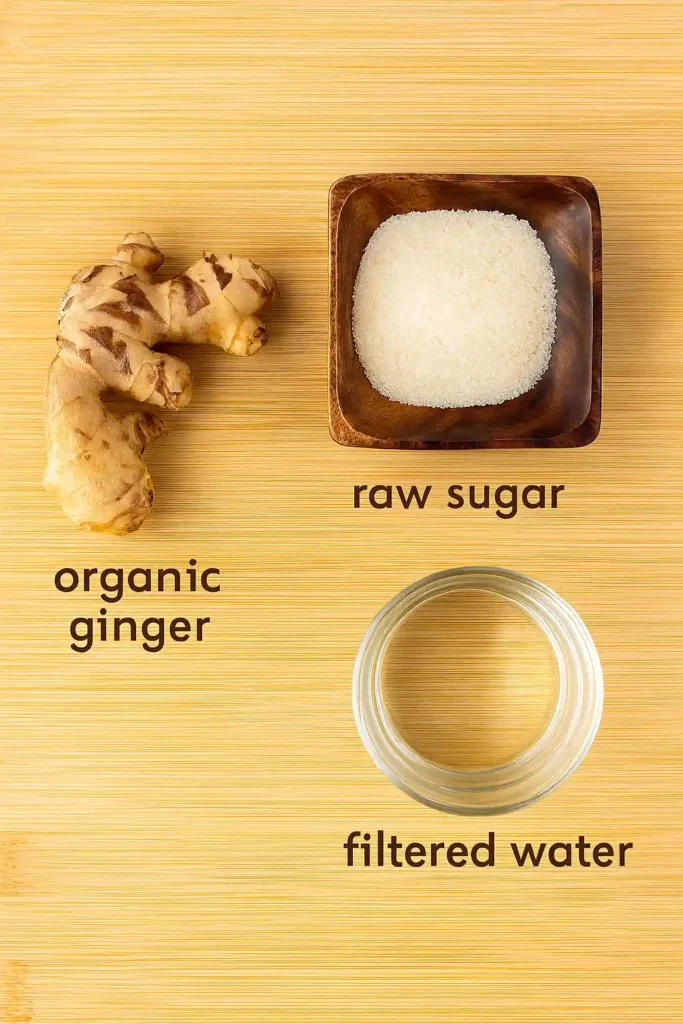
For the Ginger Bug Starter
• Fresh ginger root, preferably organic, chopped with skin on (the skin contains wild yeast)
• Raw cane sugar, organic if possible, made from evaporated cane juice
• Filtered water or bottled spring water, free from chlorine and additives
Optional Tools for Better Results
• A clean glass jar (1-quart size is ideal)
• A breathable cloth cover (like a coffee filter or thin dish towel)
• A rubber band or string to secure the cloth
• A wooden or plastic spoon for stirring
Using high-quality ingredients like organic ginger and chlorine-free water boosts your chances of capturing the right wild microbes for a healthy, active starter.
Step by step
How to Make a Ginger Bug
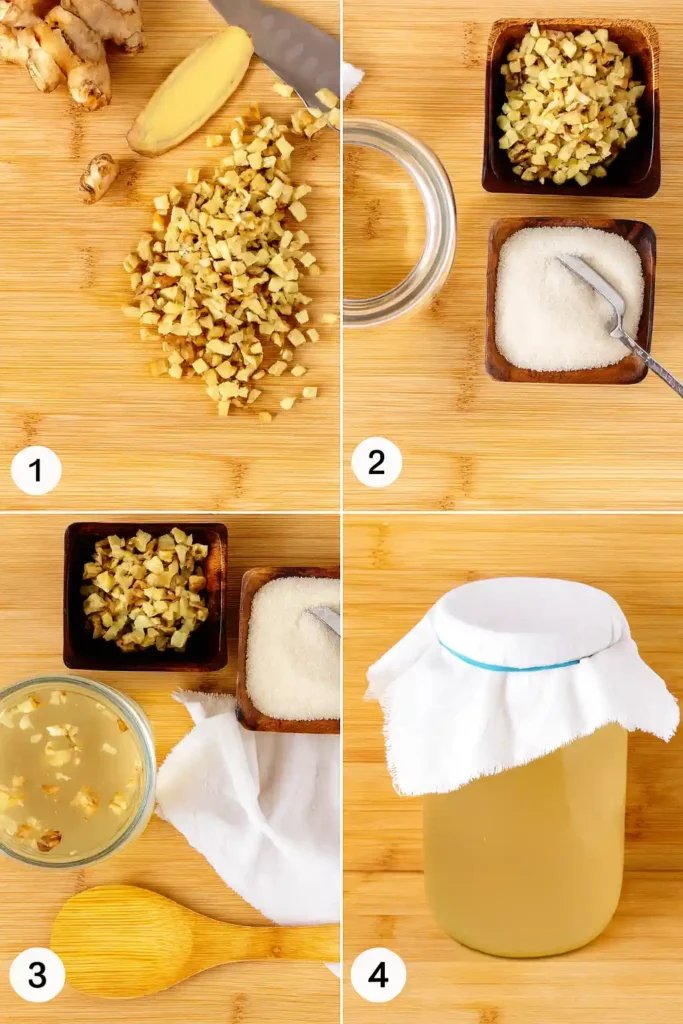
- Chop the Ginger
Rinse the ginger gently but do not peel it. Cut it into small pieces. The skin is rich in natural wild yeast which jumpstarts the fermentation. - Measure Ingredients
Use equal parts chopped ginger and raw sugar. A common ratio is one tablespoon of each. Add them to a clean glass jar. - Add Filtered Water
Pour in one cup of filtered or spring water. Avoid tap water unless it’s dechlorinated, as chlorine can kill beneficial microbes. - Stir Well
Mix thoroughly using a wooden or plastic spoon. Metal can sometimes react with fermentation, so avoid it if possible. - Cover the Jar
Place a breathable cloth over the jar and secure it with a rubber band or string. This keeps out dust while allowing airflow. - Let it Sit
Leave the jar at room temperature, out of direct sunlight. This is the start of your fermentation.
How to Ferment It
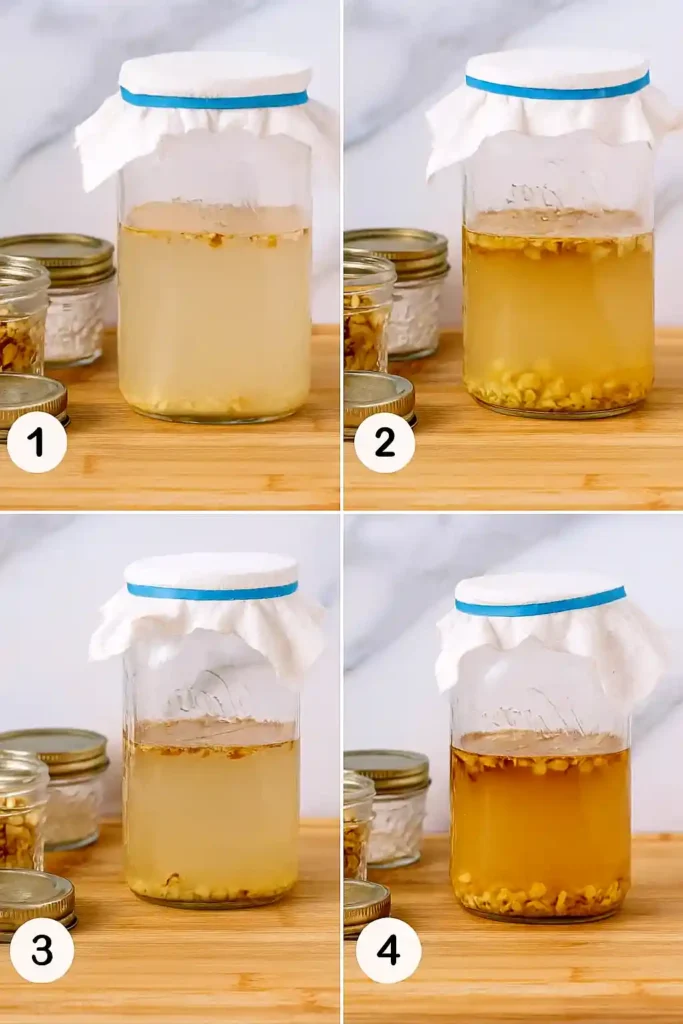
Day 1
Let the mixture sit undisturbed for 24 hours. At the end of the day, feed it with another tablespoon of chopped ginger and one tablespoon of raw sugar.
Days 2 to 3
Continue feeding daily with the same amount of ginger and sugar. Stir each time after feeding.
Days 4 to 5
Keep feeding daily and start watching for signs like bubbles, a yeasty smell, and cloudiness. These are positive signs that the fermentation is active.
Days 6 to 7
If the mixture is bubbling steadily and smells pleasantly sour and yeasty, your ginger bug is ready. If not, keep feeding for a few more days.
Consistency and clean tools are key. Feed at the same time daily and avoid contamination to keep your ginger bug thriving.
Serving and Storage Tips
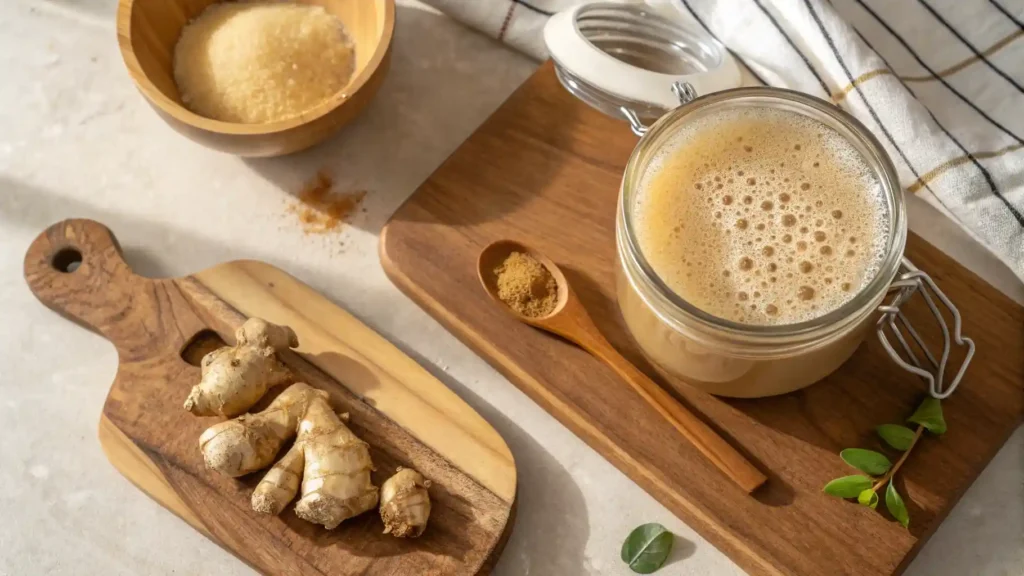
How to Use Your Ginger Bug
Use a quarter to half a cup of your active ginger bug to ferment sweet herbal teas, fruit juices, or flavored water. Pour it into a clean bottle with your flavored liquid, seal tightly, and let it sit at room temperature for 2 to 4 days. Open slowly to check for fizz and refrigerate once carbonated.
How to Store It
If using daily, keep it on the counter and feed it once a day with equal parts chopped ginger and sugar.
For longer breaks, store your ginger bug in the fridge. Feed it once a week to keep it alive. Stir well before each feeding and scrape down the sides of the jar to avoid mold.
Avoid metal lids or utensils during fermentation and always keep the jar loosely covered to let gases escape.
Helpful Notes
• Always use organic ginger when possible. Conventionally grown ginger is often irradiated, which can kill the natural microbes needed for fermentation.
• Filtered or spring water is critical. Tap water with chlorine or chloramine will slow or stop fermentation.
• If you notice a white film on top, it might just be harmless yeast. If you see fuzzy mold or bright colors, it’s best to start over.
• Don’t refrigerate your bug during the first week. It needs warmth to activate and grow.
• Stirring once or twice a day helps oxygenate the mix and keeps the microbes balanced.
• To restart a sluggish bug, try feeding with a bit of fruit juice, like pineapple or apple. It gives the yeast a sugar boost and encourages bubbling.
• Label your jar with the date you started and each feeding time. This helps you stay consistent and track progress easily.
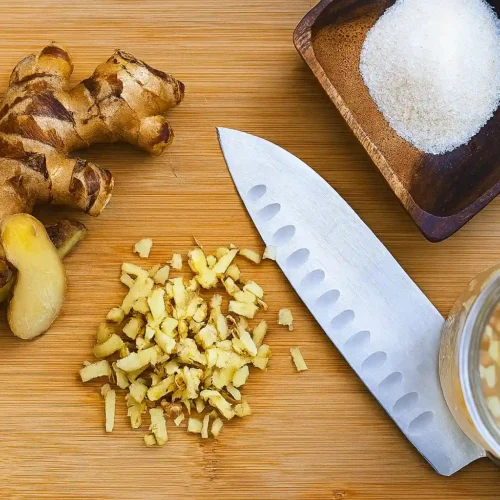
Ginger Bug Recipe Powerful Starter for Gut Health
Ingredients
For the Ginger Bug Starter
- Fresh ginger root preferably organic, chopped with skin on (the skin contains wild yeast)
- Raw cane sugar organic if possible, made from evaporated cane juice
- Filtered water or bottled spring water free from chlorine and additives
Optional Tools for Better Results
- A clean glass jar 1-quart size is ideal
- A breathable cloth cover like a coffee filter or thin dish towel
- A rubber band or string to secure the cloth
- A wooden or plastic spoon for stirring
Instructions
Chop the Ginger
- Rinse the ginger gently but do not peel it. Cut it into small pieces. The skin is rich in natural wild yeast which jumpstarts the fermentation.
Measure Ingredients
- Use equal parts chopped ginger and raw sugar. A common ratio is one tablespoon of each. Add them to a clean glass jar.
Add Filtered Water
- Pour in one cup of filtered or spring water. Avoid tap water unless it’s dechlorinated, as chlorine can kill beneficial microbes.
Stir Well
- Mix thoroughly using a wooden or plastic spoon. Metal can sometimes react with fermentation, so avoid it if possible.
Cover the Jar
- Place a breathable cloth over the jar and secure it with a rubber band or string. This keeps out dust while allowing airflow.
Let it Sit
- Leave the jar at room temperature, out of direct sunlight. This is the start of your fermentation.
Notes
Nutrition Facts (Per Serving)
- Calories: 31 kcal
- Carbohydrates: 8 g
- Protein: 1 g
- Fat: 1 g
- Sodium: 3 mg
- Potassium: 5 mg
- Fiber: 1 g
- Sugar: 8 g
- Vitamin C: 1 mg
- Calcium: 3 mg
- Iron: 1 mg
Conclusion
This ginger bug recipe is more than just a fermentation project. It’s a simple and satisfying way to bring homemade probiotic drinks into your daily life. With only a few ingredients, you can create a natural soda starter that’s fizzy, flavorful, and full of gut-friendly microbes. The process is beginner-friendly, low-maintenance, and rewarding from the very first bubbles.
If you tried this recipe, let us know how it went. Drop a comment below and don’t forget to leave a star rating. Share your photos or tag your creations on Pinterest and Facebook so others can get inspired too.
What soda flavor did you try with your ginger bug? Tell us in the comments. We’d love to hear your twist.
More Recipes to Explore
Herbal Cordial Recipe
Soothe your senses with this naturally sweet herbal cordial, crafted from calming herbs and raw honey. Perfect as a wellness tonic or a refreshing mixer, this recipe blends beauty and function in every sip. Serve it chilled over ice or diluted in sparkling water for a gentle botanical boost.
Cortisol Cocktail for Weight Loss Recipe
Fuel your mornings with this targeted cortisol-balancing drink designed to support metabolism and reduce stress-related cravings. Packed with minerals and whole-food ingredients, this recipe helps reset your adrenal rhythm and promote balanced energy without relying on caffeine or sugar.
Cortisol Cocktail Recipe
This mineral-rich cortisol cocktail is a daily wellness favorite. With key nutrients like potassium, sodium, and vitamin C, it supports hydration, hormone balance, and natural stress regulation. Great for anyone seeking steady energy and better focus throughout the day.
Frequently Asked Questions (FAQ)
How to make a ginger bug?
Start by combining chopped unpeeled ginger, raw cane sugar, and filtered water in a glass jar. Stir well, cover with a breathable cloth, and leave it at room temperature. Feed the mixture daily with more ginger and sugar. After about a week, it should be bubbly and ready to use.
Do you wash ginger before making a ginger bug?
You can rinse the ginger lightly to remove dirt, but avoid scrubbing or peeling it. The skin holds natural wild yeast essential for fermentation.
What do you do with ginger bug?
Use it as a starter culture for homemade fermented sodas. Add a small amount to sweetened teas, juices, or herbal infusions to create natural carbonation.
Can you drink straight ginger bug?
It’s not harmful, but it’s quite intense and concentrated. Most people prefer to use it as a base for fizzy drinks rather than sipping it directly.
Is ginger bug healthy?
Yes, when active and properly maintained, it contains beneficial bacteria and yeasts that support digestion and gut health. It’s a great natural source of probiotics.
Is ginger bug alcoholic?
It contains trace amounts of alcohol from the fermentation process, usually less than one percent. It’s considered non-alcoholic for most practical purposes.

